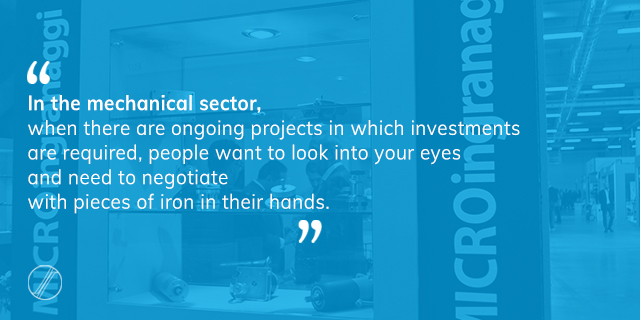I don’t know about you (or at least those operating in out sector), but I
find there are too many missing links in the regulatory framework for new gear materials
Let me explain. If on the one hand there are endless innovations available on the market, the same can not be said for the rules and regulations which are not promptly updated and, in fact, do not include most of the new aspects in this sector.
Think about it. Those, like me, who operate in the design and manufacturing of gears, have to deal with new materials on a regular basis. The manufacturers propose them and, consequently, we as technicians test them, finding – in many cases – improvements compared to the materials used in the past. And it is at this precise point that things go wrong.
The reference standards in this sector (DIN, ISO, AGMA) require the calculation of the relative mechanical resistance category for each material (a fundamental datum as it is based on this figure that the designer produces a series of different calculations to identify the duration, for instance, of a gear subjected to a specific load and a specific rpm).
So now this is the point:
if I am dealing with a newly manufactured material to which no exact mechanical resistance category has been assigned, I can not use it during the design and engineering phase, except if I apply “comparative” dimensioning criteria to what is available (an aspect that needs further explanation and I will follow up next week).
Unless – in other words – I take into account a sort of margin which I will calculate based on my own experience and/or the parameters of similar materials already classified and available in the archives of this or that design software.
New steels, certain types of bronzes or aluminium alloys allow us to achieve remarkably satisfactory results, but unfortunately the certification bodies are so slow with their procedures that we end up being decades behind technology.
The direct consequence of this shortfall is that the best projects can only be developed by extremely expert technicians (a “veteran” with 35 years experience behind him is one thing, an engineer fresh out of university tackling a design project for the first time in quite another). And we still have to take into account that it is impossible to proceed without such tests, generating an increase in costs and processing times.





